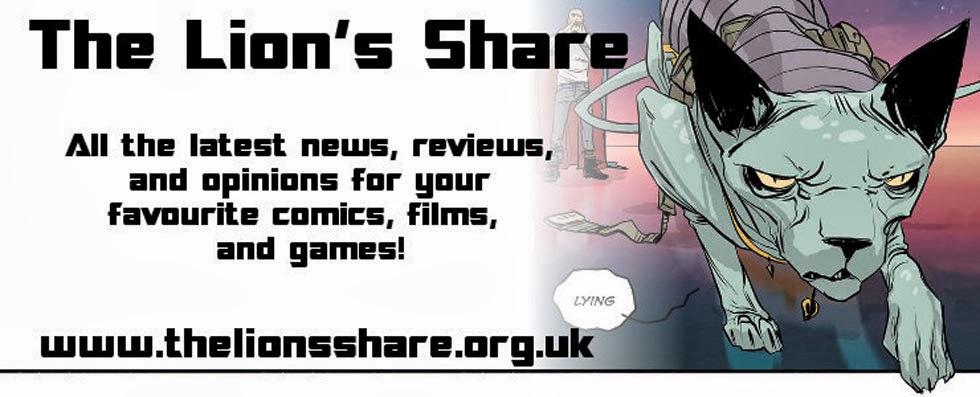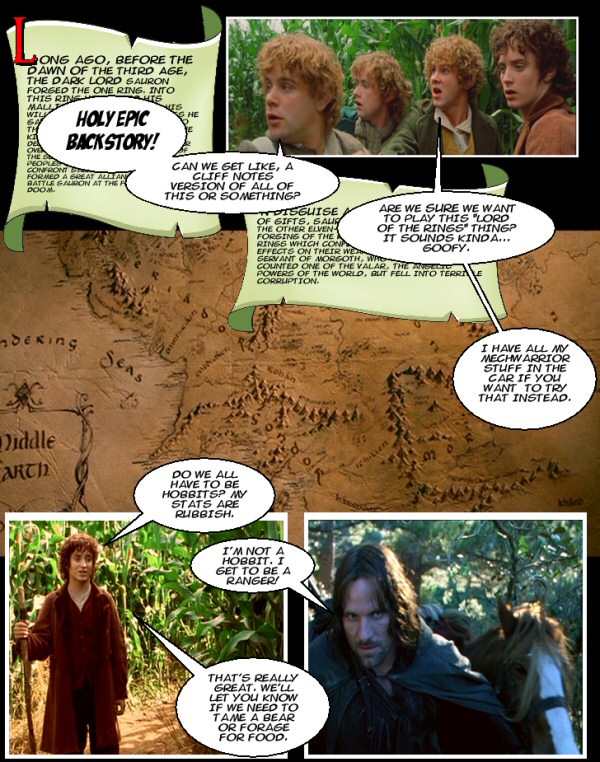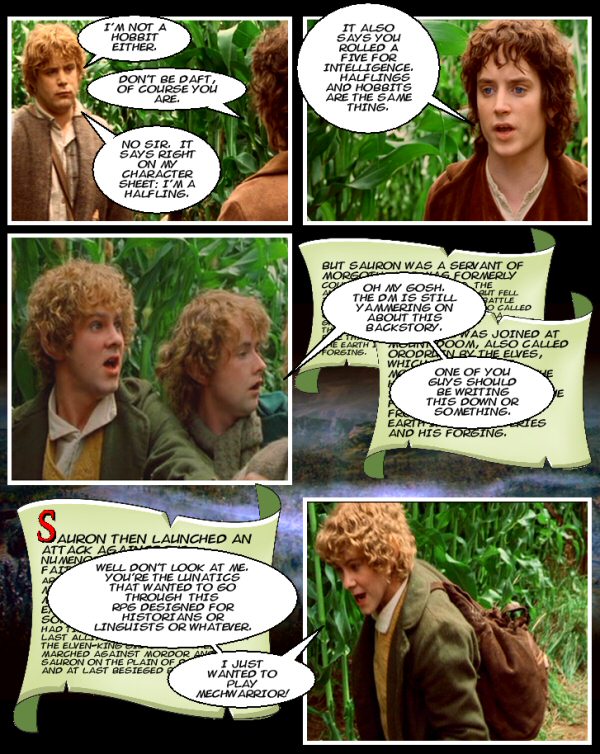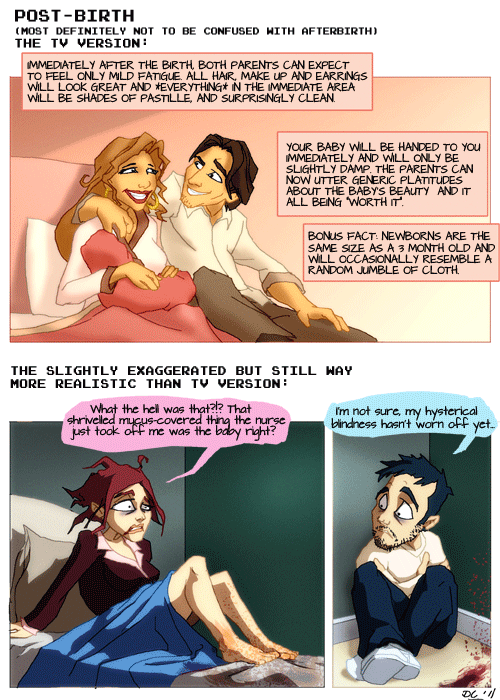As a child of the 80’s I had a staple diet of Saturday morning cartoons. One such cartoon was Transformers. This was followed by the sticker books, the toys and the T-shirts. I was hooked. Watching every week you couldn’t help but wonder “So which will actually win? Autobot or Decepticon?” Even Michael Bay hasn’t really answered that question with rumours of a fourth film rife.
However, in the end it was the comics that answered the questions.
Transformers, in the comic sense, has been a foster child of a series. Initially it started with the toyline from Hasbro and Marvel introduced them in comics. Later on Dreamwave, a spin off of Image, launched Transformers and then after their demise in 2005 IDW were granted the licence to the comic.
Now after 125 comics a new era under the strong helm of IDW begins with a one-shot and two new titles.
In typical storybook fashion good has triumphed, the Autobots have been successful in not only winning the war but also in using the Matrix to revive Cybertron itself. With their world alive again and no one left to fight, what is a robot to do?

Transformers: The Death of Optimus Prime tries to open and answer this. Beginning where the comics left off with Optimus pushing the Matrix into Cybertron and “dying”, it tries to answer and pose questions at the same time. Optimus had been consumed by a great white light and now awakens in the future with the Matrix split in half.
Instead of trying to reinvent a conflict between two opposing sides a new line has been taken. Optimus may have lead the Autobots to win the war but the battle for the planet now begins. Most importantly this isn’t between good and evil but in fact between thoughts and feelings. Refugees from the war are returning with no affiliation to either side and no regard for a new regime especially as they feel they don’t owe anything to the victors of a conflict they didn’t want.
It’s quite a fraught situation and one that demands very hard decisions as well. The Autobots are fractured, Optimus is not the revered leader the people want and a big difference of opinion creates a divide so large that Rodimus leaves taking a large number of well known characters apparently to their deaths.
Although not a fantastic story, the one-shot works best as a vehicle to introduce the two new spin-off titles - Transformers: More Than Meets The Eye and Transformers: Robots In Disguise. These replace the previous ongoing Transformers series.

I wouldn’t want to suggest that James Roberts didn’t commit to the title as he has gone onto write on MTMTE, however as an issue it is a bit something and nothing. The artworks harks back to the Eighties animated series which I relate to most but doesn’t always hold to it.
Transformers: More Than Meets The Eye, is where Roberts transitions to. What I find very frustrating is that I know that the MTMTE title is going to be dedicated to Hot Rod and his quest to find the Knights of Cybertron, but it spends so little time actually doing that. It’s more of a scene setter and works in the favour of John Barber’s Robots In Disguise by solidifying the incredible volatile and unstable setting that Cybertron has become. The frustration and rift between Bumblebee - now Autobot leader - and Hot Rod is built well to create tension but what should be a shock moment where the departing ship “explodes” is lost quickly.
It’s only in the last few pages where Hot Rod’s sense of duty towards his crew, the “not on my watch” attitude, that you get a real sense of what this title is going to be about. Flung across the galaxy by a surprise quantum jump and losing 40 friends in the process gives him purpose, but as I said due to it only being a couple of pages no depth. All of this has been used to create deeper back stories and settings for what will become needed in the future issues.
Nick Roche joins Roberts to provide the artwork for the issue. I think the strange thing about this, as well as the other two comics, is that Transformers have no defined structure or predetermined look. This means that thin limbs, odd shaped faces or blocky square torsos are completely normal. There are the odd occasions when you do think this is stretched a little too far but on the whole this isn’t bad. Also considering you are dealing with characters that are almost 30 years old and you can easily recognise them all. It’s bright, colourful and full of innovation.

Transformers: Robots in Disguise focuses on Bumblebee’s struggle to unite the inhabitants of the now living Cybertron - the story takes a more political and worldly approach. It also goes a long way to showing that regardless of your environment or your race the same problems and prejudices can and will affect you.
Fighting an internal struggle on three fronts, Bumblebee has to keep the Autobots together, rehabilitate the Decepticons and prevent the civil unrest that is brewing with the non-affiliated Cybertronians. All of this is compounded by his own feelings where he constantly fights to step out of the huge shadow Optimus has left behind. What I’ve really liked is that it has parities to so many real life events and situations. Discrimination is a huge player in this comic with all of the Cybertronians, who are neither Autobot or Decepticon dubbed as NAILS – Non Affiliated Indigenous Life FormS. It is setting up for a gritty and harsh storyline especially as a Decepticon can’t change its paintwork.
In a similar fashion to MTMTE, the artwork in RID feels more engaging. It keeps with tradition but feels comfier somehow. I can’t quite put my finger on why but it just does.
Overall it’s a tricky call on these comics. The one-shot is not essential but certainly worth a read as a (re)introduction if you’ve not been following them before. The two spin offs are good and RID is certainly entertaining me so far, MTMTE has a little way to go but has definite potential in a similar way that Lost In Space or Star Trek Voyager did. My concern is that my love of a childhood favourite blindsides me slightly.
The new ongoing series are definitely worth picking up but I think favourites will be chosen based on who you are and the sort of stories you like.
Matt Puddy knows that one shall and one shall fall.
















































